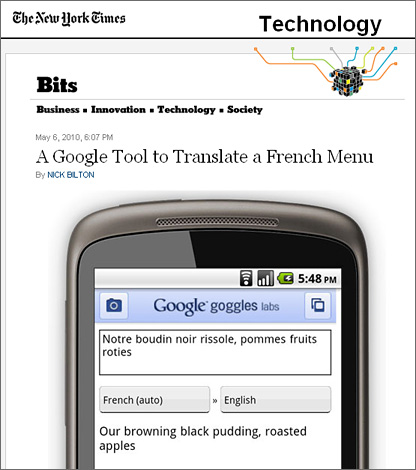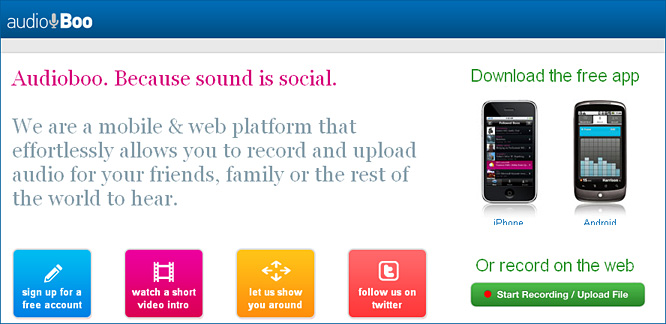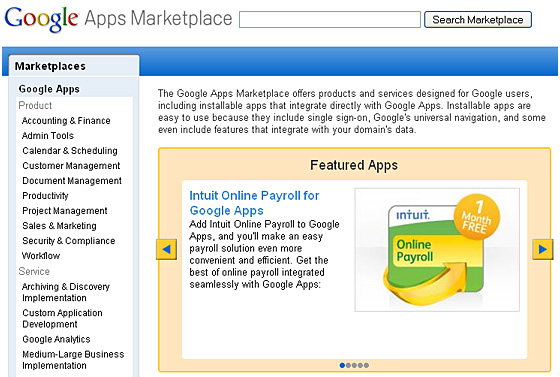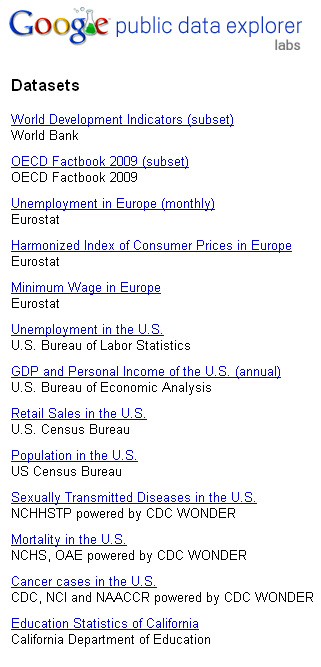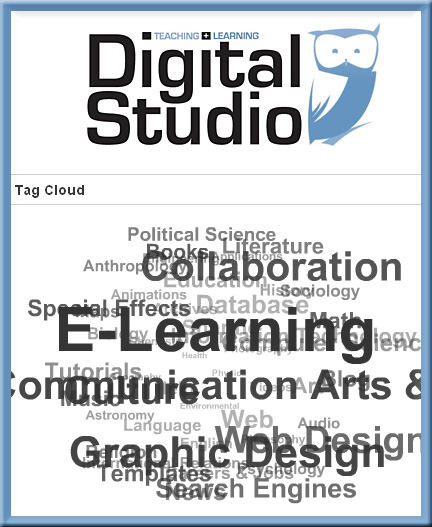Google introduces new Web video standard, splits industry — from cnn.com by Seth Weintraub
Google today announced the release of VP8, a new video codec that it envisions will pave the way for the future of video on the Web.
From DSC:
Great — that’s just what the world of digital video needs — another codec! Here’s yet another “standard” to make the chaotic mess even messier. Geez.
You know…I’m a big fan of Apple (as you can probably tell). However, I’m not sure this pissing match between Jobs and Schmidt is helping or hurting the customer bases out there (perhaps both at times). It just seems like their egos are huge and they’re constantly trying to battle it out…trying to out perform the other. Product for product. Service for service. And now, codec for codec.
I wonder what conversation(s) took place in the Apple boardroom that got Eric so worked up to go head-to-head w/ Jobs. Or did Eric see the $$/opportunities..er writing on the wall? Or did Steve get ticked off at Eric for some other reason? Who knows. I just hope this can settle down a bit. I don’t know…maybe this competition will only benefit consumers. But in the case of the codec here, it hurts developers and designers; and, like the title states, it splits the industry.










